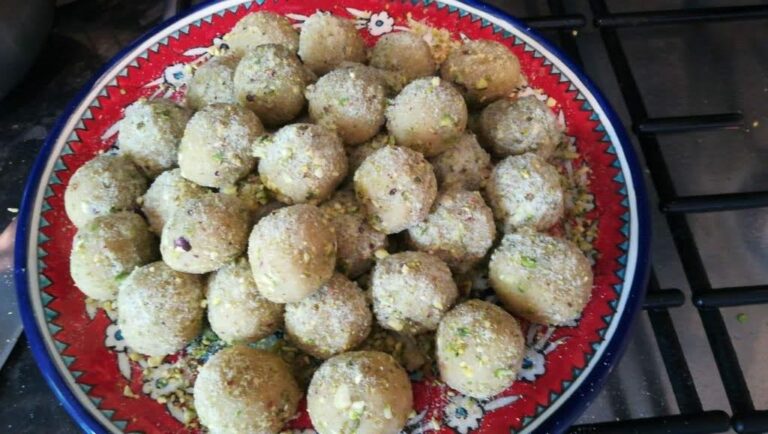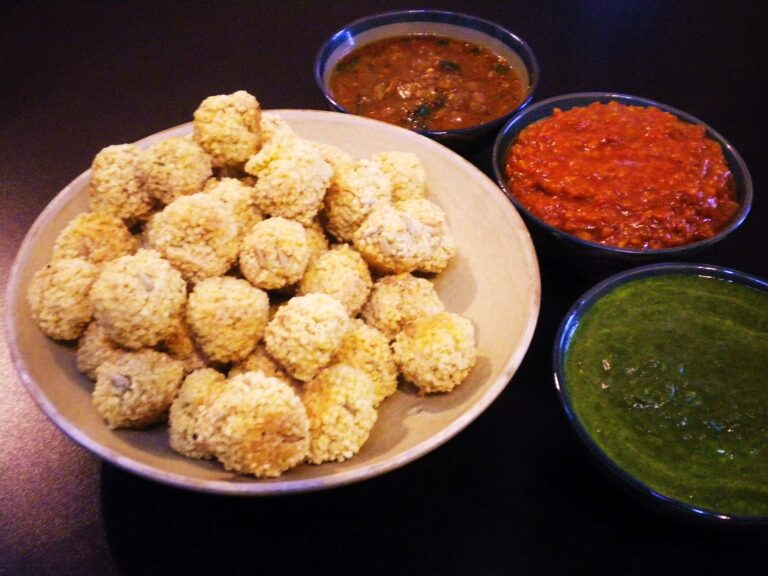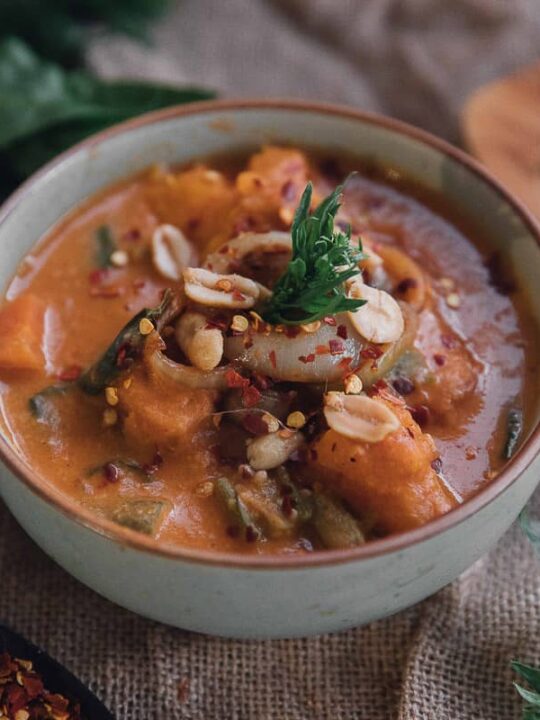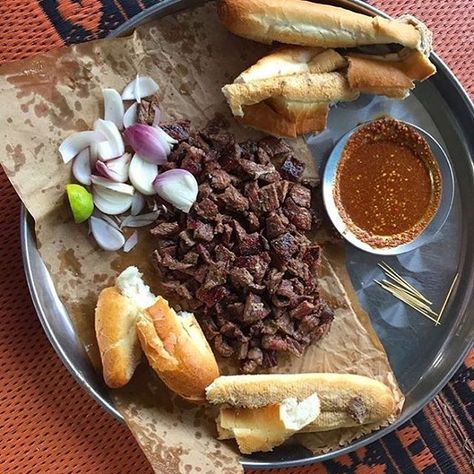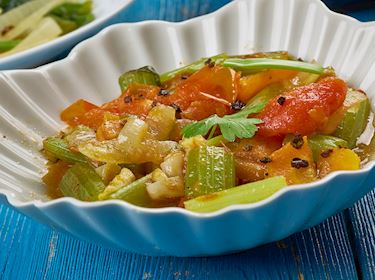Introduction
Chadian cuisine is a reflection of the diverse cultures of the country and is heavily influenced by its neighboring countries. Desserts play a significant role in Chadian cuisine, with each region having its own unique sweet treats. Chadian desserts are usually made with local ingredients such as millet, peanuts, and dates, making them not only delicious but also nutritious.
Cultural significance of Chadian desserts
Desserts in Chad are an essential part of the country’s culinary heritage. They are often served during special occasions such as weddings, religious holidays, and family gatherings. In Chadian culture, sharing food is a symbol of hospitality and generosity, and desserts play a vital role in this tradition. They are also used as a way of preserving cultural identity and passing down recipes from generation to generation.
Ingredients used in Chadian desserts
Chadian desserts are made using a wide range of ingredients, including millet, peanuts, dates, honey, and spices such as cinnamon, nutmeg, and cardamom. Millet is a staple ingredient in Chadian cuisine, and it is often used to make porridge-like desserts. Peanuts are also widely used in desserts, either crushed or ground into a paste. Dates are a popular ingredient in Chadian desserts, and they are often used as a natural sweetener.
Top 5 popular Chadian desserts
- Kawal: This is a millet-based dessert that is made with millet flour, sugar, and water. It is usually served with a sweet sauce made from dates and a sprinkle of cinnamon.
- Halawa: A sweet, creamy dessert made from sesame seed paste, sugar, and honey. It is often served with tea as a snack.
- Ngalakh: A peanut butter-based dessert that is made with peanut butter, sweetened condensed milk, and couscous. It is served during religious holidays such as Ramadan.
- Baobab fruit dessert: A sweet and tangy dessert made from baobab fruit pulp, sugar, and water. It is usually served chilled.
- Boule: A dessert made from millet flour, sugar, and water. It is often served with a sweet sauce made from dates.
How to make Chadian desserts at home
To make Chadian desserts at home, you will need to source local ingredients such as millet flour, peanuts, and dates. Recipes for popular Chadian desserts can be found online and in cookbooks. Most of the desserts are simple to make and require only a few ingredients.
Variations of Chadian desserts
Chadian desserts can be adapted to suit different tastes and preferences. For example, some recipes call for the addition of spices such as cinnamon or nutmeg, while others use honey or sugar as a sweetener. Some desserts can also be made vegan by substituting dairy products with plant-based alternatives.
Where to find Chadian desserts in Chad and beyond
Chadian desserts are widely available in local markets and bakeries in Chad. They are also gaining popularity in other parts of Africa and beyond. Many African restaurants serve Chadian desserts, and some online retailers specialize in African ingredients, making it easier to source the necessary ingredients for making Chadian desserts at home.
Conclusion: Try these delicious Chadian desserts today!
Chadian desserts are an essential part of the country’s culinary heritage and are enjoyed by locals and visitors alike. By trying out some of the popular Chadian desserts, you can experience the unique flavors and textures of Chadian cuisine. With simple recipes and easy-to-find ingredients, making Chadian desserts at home is a great way to explore this rich culinary tradition.


